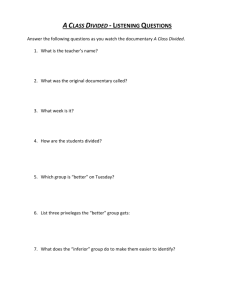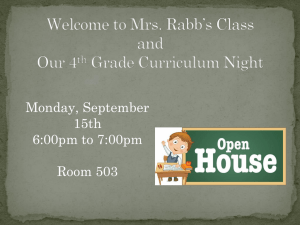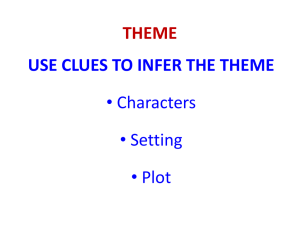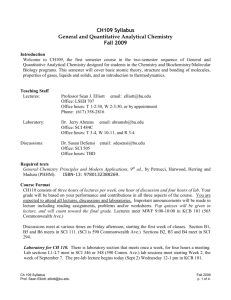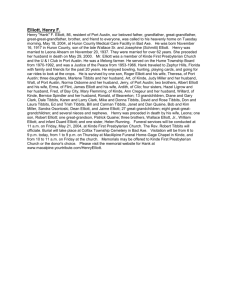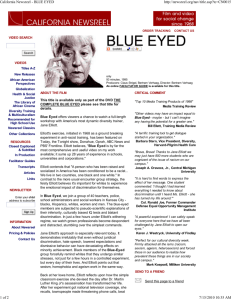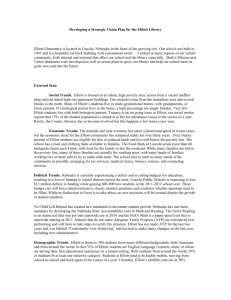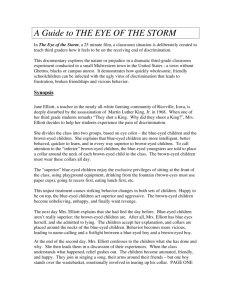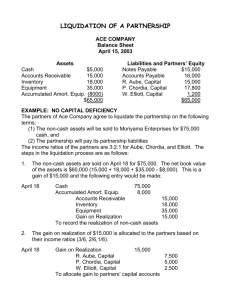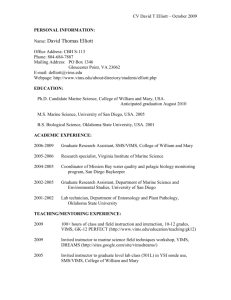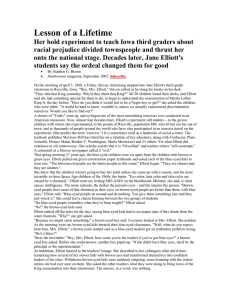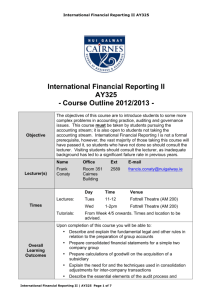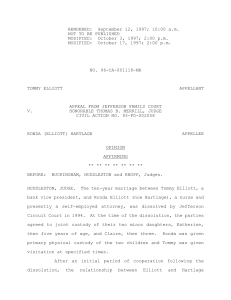Justice & Fairness
advertisement
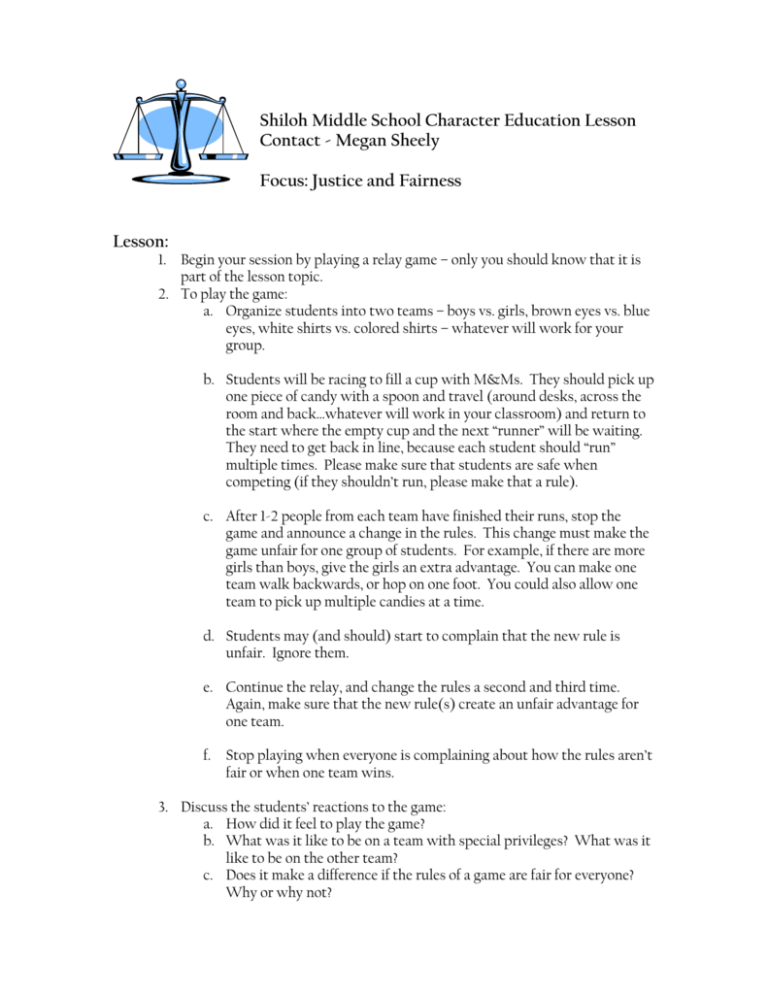
Shiloh Middle School Character Education Lesson Contact - Megan Sheely Focus: Justice and Fairness Lesson: 1. Begin your session by playing a relay game – only you should know that it is part of the lesson topic. 2. To play the game: a. Organize students into two teams – boys vs. girls, brown eyes vs. blue eyes, white shirts vs. colored shirts – whatever will work for your group. b. Students will be racing to fill a cup with M&Ms. They should pick up one piece of candy with a spoon and travel (around desks, across the room and back…whatever will work in your classroom) and return to the start where the empty cup and the next “runner” will be waiting. They need to get back in line, because each student should “run” multiple times. Please make sure that students are safe when competing (if they shouldn’t run, please make that a rule). c. After 1-2 people from each team have finished their runs, stop the game and announce a change in the rules. This change must make the game unfair for one group of students. For example, if there are more girls than boys, give the girls an extra advantage. You can make one team walk backwards, or hop on one foot. You could also allow one team to pick up multiple candies at a time. d. Students may (and should) start to complain that the new rule is unfair. Ignore them. e. Continue the relay, and change the rules a second and third time. Again, make sure that the new rule(s) create an unfair advantage for one team. f. Stop playing when everyone is complaining about how the rules aren’t fair or when one team wins. 3. Discuss the students’ reactions to the game: a. How did it feel to play the game? b. What was it like to be on a team with special privileges? What was it like to be on the other team? c. Does it make a difference if the rules of a game are fair for everyone? Why or why not? d. Does it make a difference if the rules aren’t fair for some people? Why or why not? e. Do situations that seem unfair happen at school? If so, when/what are they? f. Are there circumstances in school where “the rules” need to be changed for some people? Is that fair? Why or why not? 4. The next part of the lesson is on tolerance and acceptance, since those were part of the article from last session. 5. We will be watching a clip of a larger Frontline TV special, called “ A Class Divided.” Give your student some background knowledge (below), as we will be watching the “Day 2” clip. The background info explains her lesson and the clip will pick up where this description ends. On the day after Martin Luther King Jr. was murdered in April 1968, Jane Elliott's third graders from the small, all-white town of Riceville, Iowa, came to class confused and upset. They recently had made King their "Hero of the Month," and they couldn't understand why someone would kill him. So Elliott decided to teach her class a daring lesson in the meaning of discrimination. She wanted to show her pupils what discrimination feels like, and what it can do to people. Elliott divided her class by eye color -- those with blue eyes and those with brown. On the first day, the blue-eyed children were told they were smarter, nicer, neater, and better than those with brown eyes. Throughout the day, Elliott praised them and allowed them privileges such as a taking a longer recess and being first in the lunch line. In contrast, the brown-eyed children had to wear collars around their necks and their behavior and performance were criticized and ridiculed by Elliott. On the second day, the roles were reversed and the blue-eyed children were made to feel inferior while the brown eyes were designated the dominant group. (copied from http://www.pbs.org/wgbh/pages/frontline/shows/divided/etc/synopsis.html) 6. After watching the clip, discuss students’ reactions to the experiment. Below are some questions, if you need them. a. How do these videos relate to “acceptance & tolerance”? b. What did you learn from watching the clip? c. How can you integrate those lessons into life at Shiloh? d. How does justice, fairness, tolerance, and acceptance relate to PRIDE?




